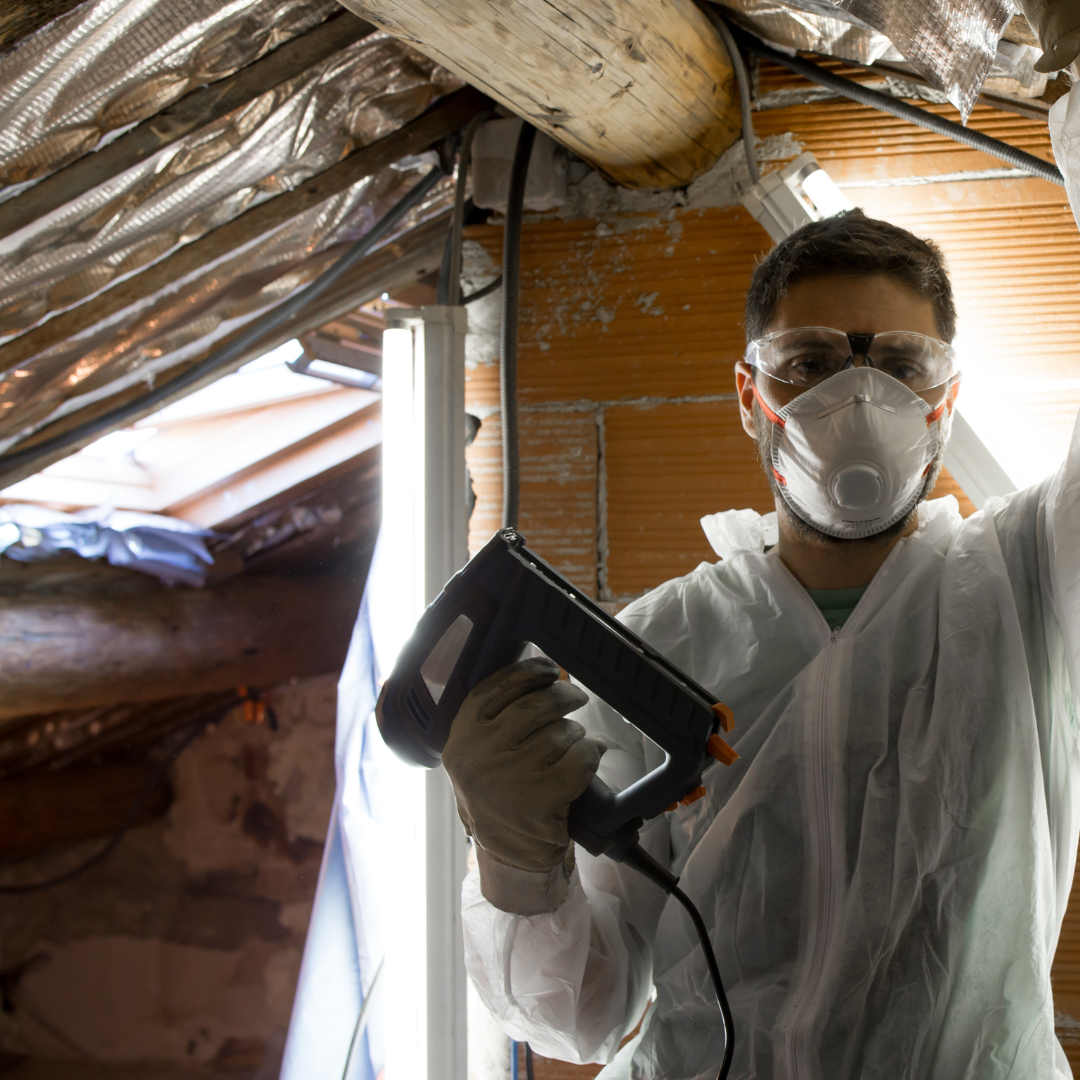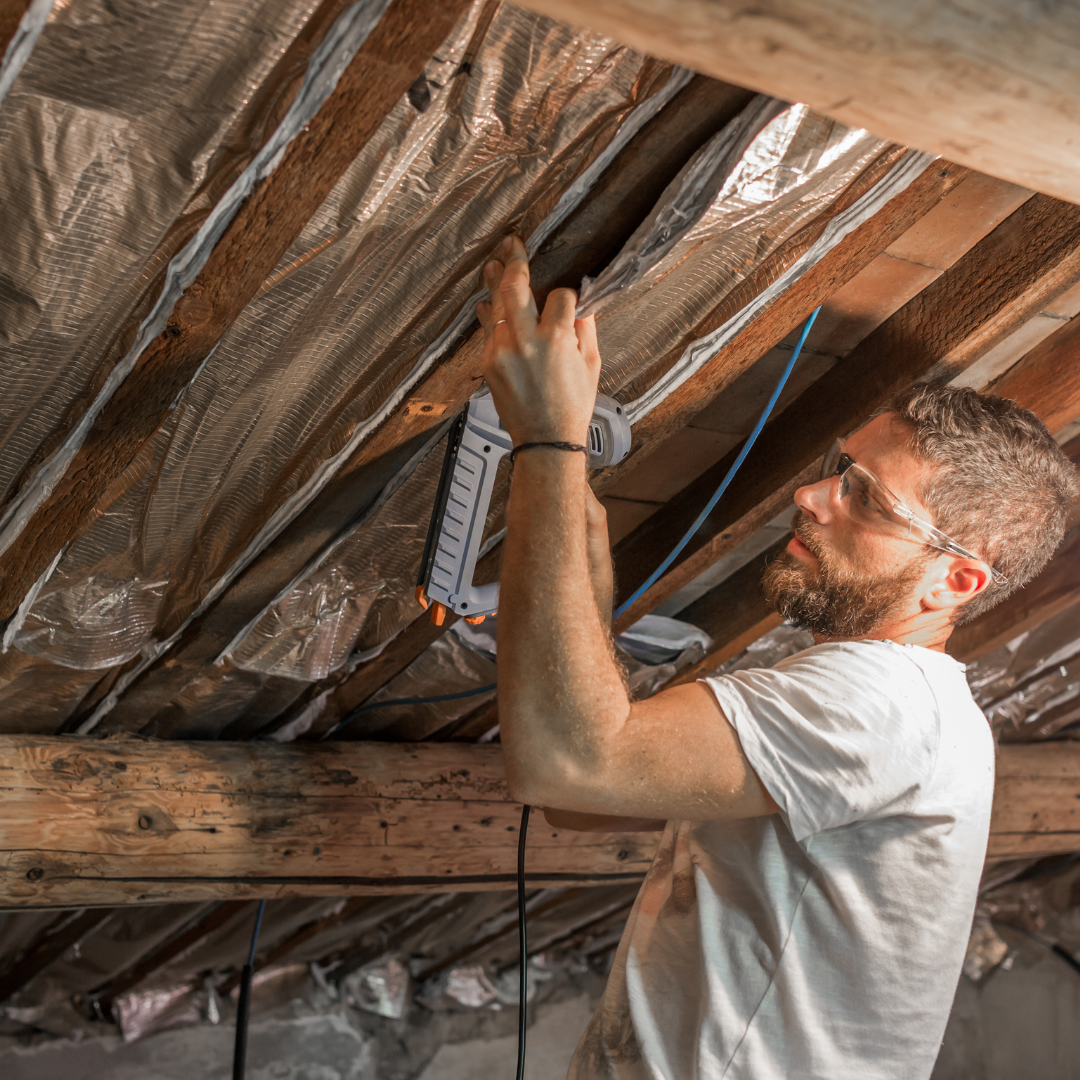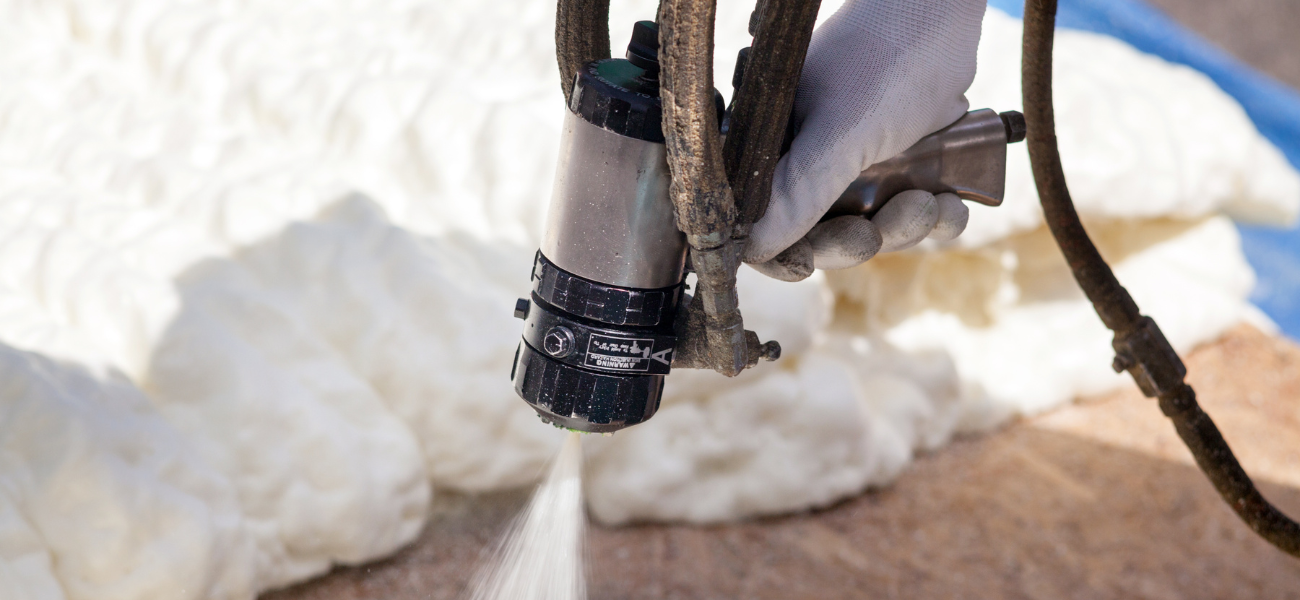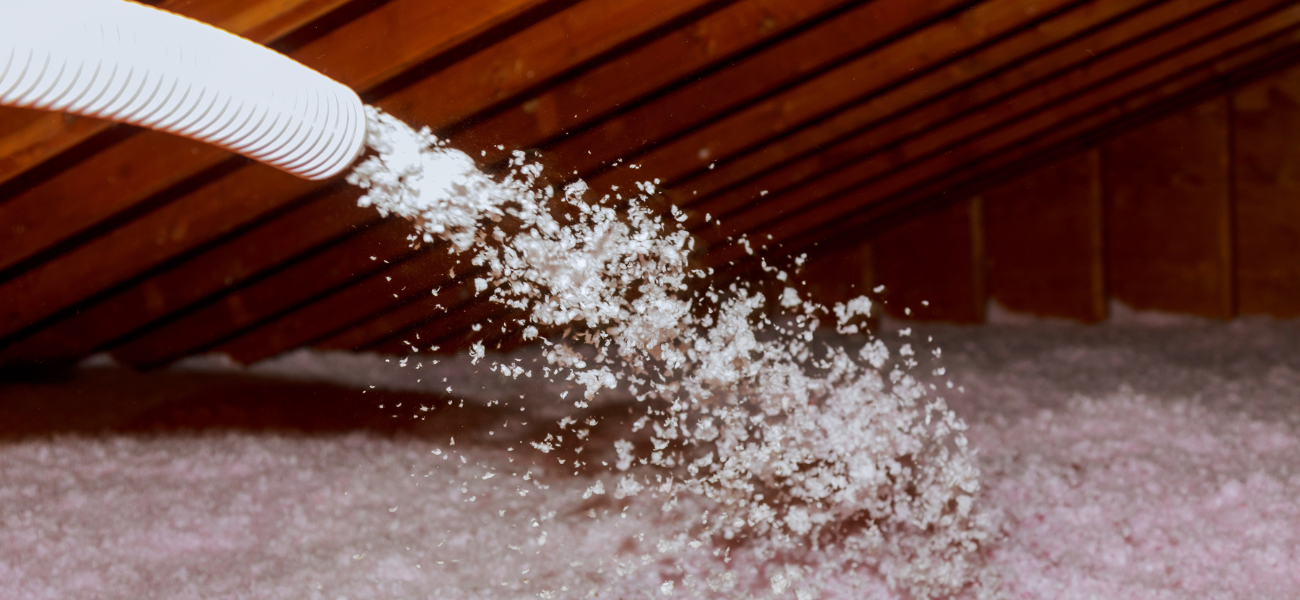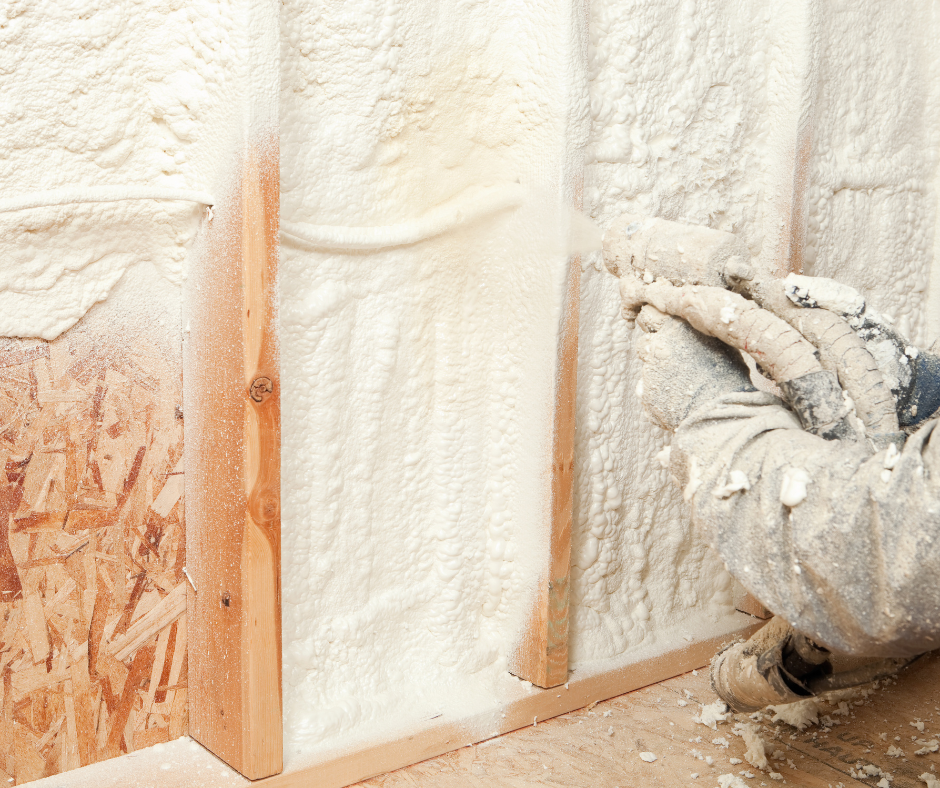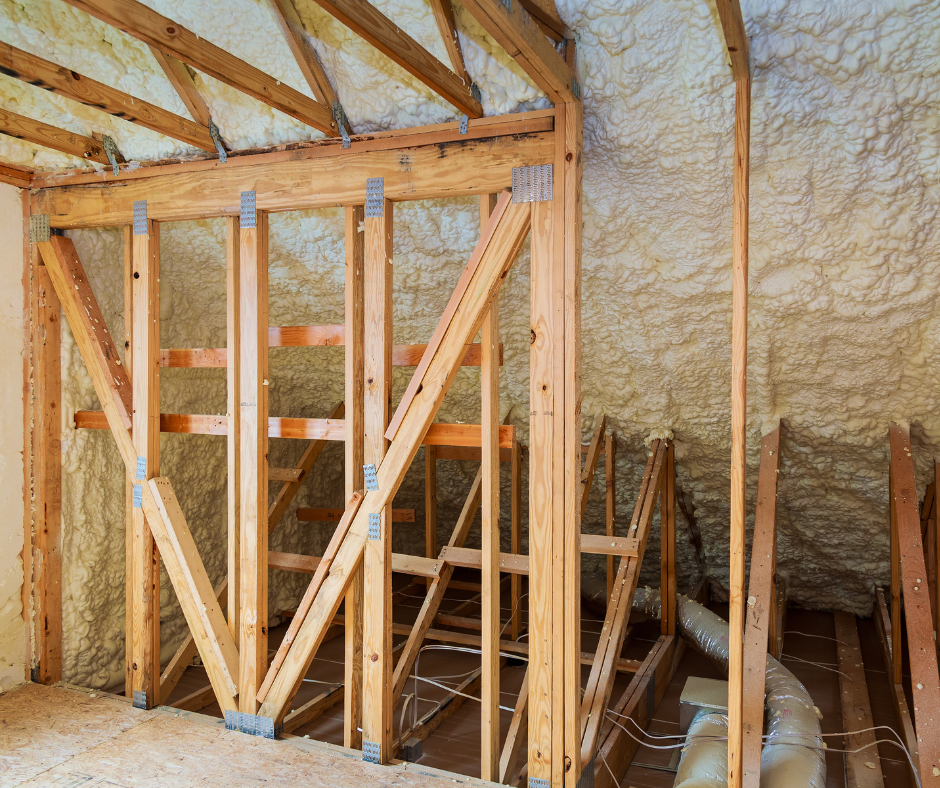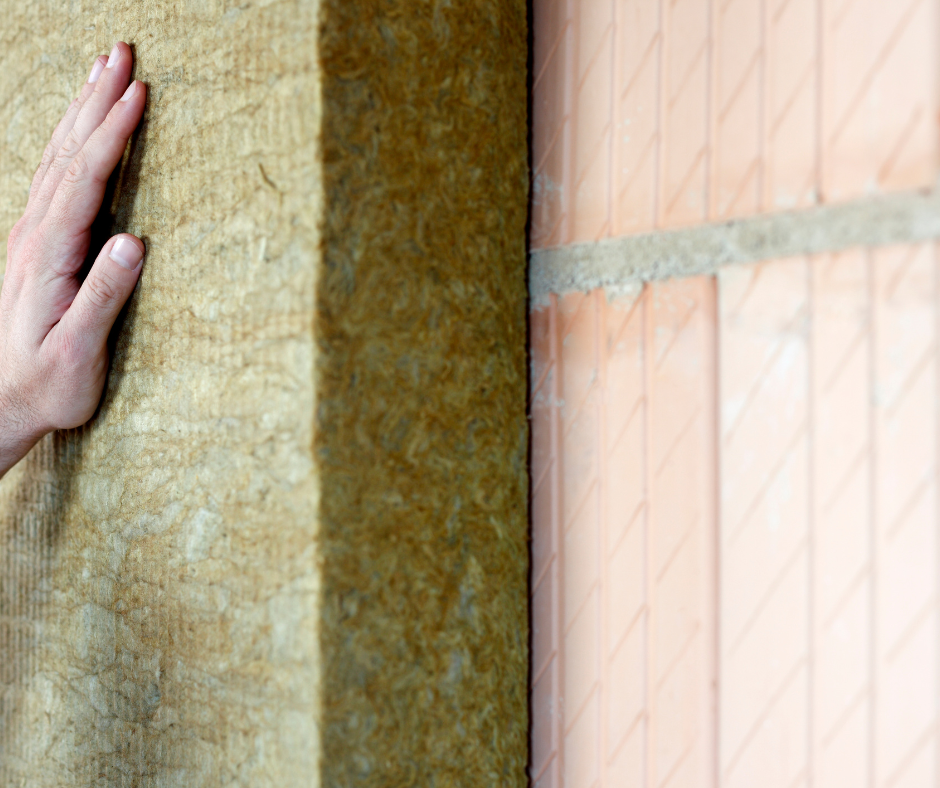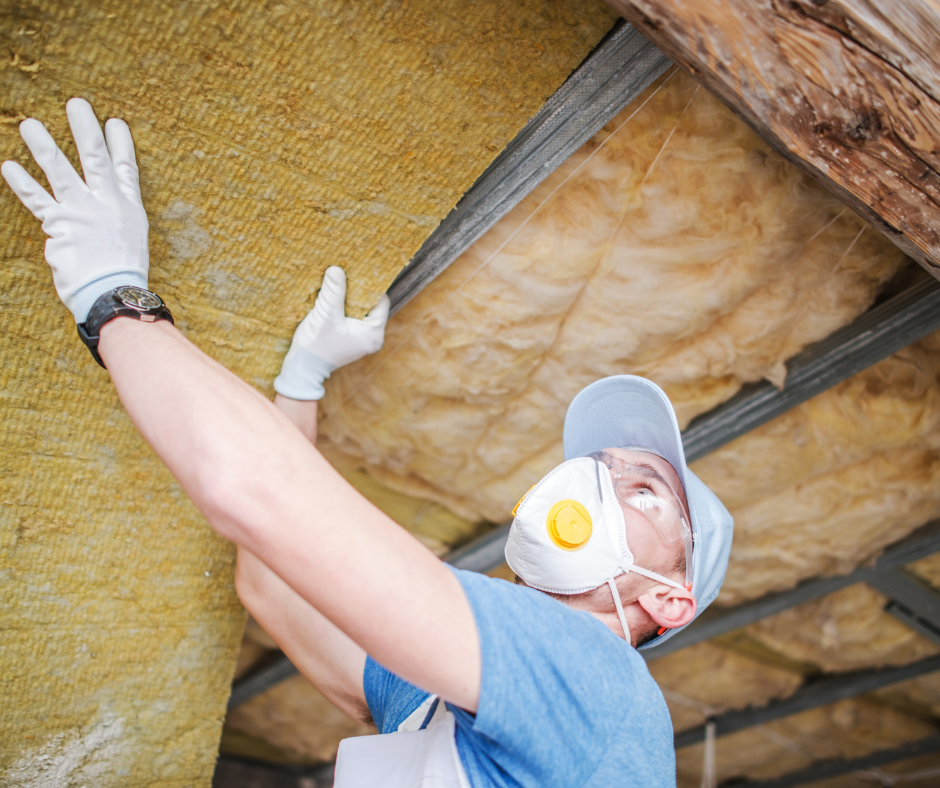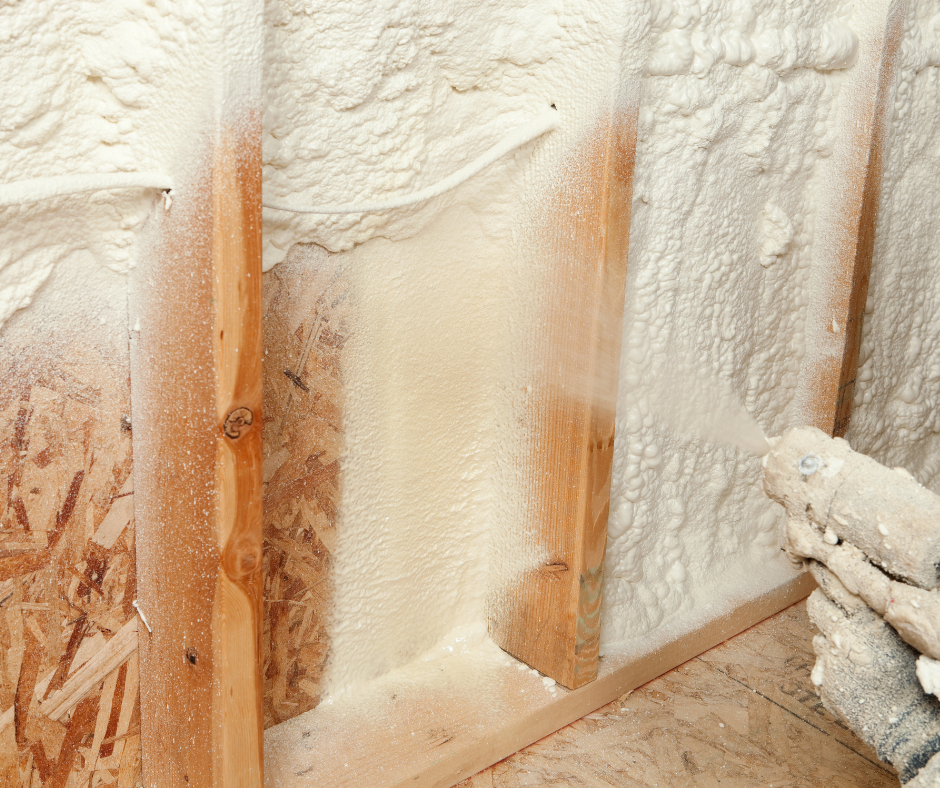Fiberglass, Cellulose, and Spray FoaInsulation is an essential part of any building, whether it’s a home or a commercial structure. It helps to keep the interior temperature comfortable, reduce energy consumption, and prevent moisture and mold buildup. There are many types of insulation available on the market today, each with its own set of pros and cons. In this article, we’ll take a closer look at three popular types of insulation: fiberglass, cellulose, and spray foam. Discuss the pros and cons of each. Keep reading!
Fiberglass Insulation
Fiberglass insulation is made from fine strands of glass woven together to form a blanket-like material. It is available in batts or rolls, and it can be easily cut and fit into tight spaces, making it a popular choice for retrofitting older homes. Fiberglass insulation is also inexpensive, fire-resistant, and does not absorb moisture.
Pros of Fiberglass Insulation:
Following are some of the pros of fiberglass insulation:
(i). Inexpensive:
Fiberglass insulation is one of the most affordable types of insulation on the market. It is a cost-effective option for those who want to insulate their homes without breaking the bank.
(ii). Fire-Resistant:
Fiberglass insulation is treated with fire-retardant chemicals, making it more fire-resistant than other types of insulation. This feature provides an added layer of protection for homeowners in case of a fire.
(iii). Easy to Cut and Fit:
Fiberglass insulation comes in batts or rolls, which makes it easy to cut and fit into tight spaces. This feature makes it a popular choice for retrofitting older homes, as it can be easily installed in tight spaces like attics and walls.
(iv). Widely Available:
Fiberglass insulation is widely available and can be easily found at most home improvement stores.
Cons of Fiberglass Insulation:
Fiberglass insulation has the following disadvantages:
(i). Can Absorb Moisture:
Fiberglass insulation can absorb moisture, which can cause it to lose its insulation properties over time. This can lead to mold growth and other moisture-related issues.
(ii). Can Settle Over Time:
Fiberglass insulation can settle over time, which can reduce its effectiveness as an insulator. This can happen when the insulation is not installed correctly or when the house settles over time.
(iii). Itchy:
Fiberglass insulation can be itchy, it’s better to wear gloves and long sleeves when handling.
(iv). Can be Harmful:
Inhalation of fiberglass fibers can cause respiratory issues, so it’s important to protect yourself while handling it.
Cellulose Insulation:
Cellulose is made from recycled paper products, such as newspapers or cardboard. It is treated with fire-retardant chemicals to make it more fire-resistant and is often blown into attics and walls using specialized equipment. Cellulose insulation is also a good choice for retrofitting older homes because it can be easily blown into tight spaces. It is also a sustainable and eco-friendly option, as it is made from recycled materials.
Pros of Cellulose Insulation:
Cellulose insulation has the following pros:
(i). Eco-friendly:
Cellulose insulation is made from recycled materials, making it an environmentally friendly option. By using cellulose insulation, you’re helping to reduce the amount of waste in landfills and lower the demand for new raw materials.
(ii). Easy to install:
Cellulose insulation is often blown into attics and walls using specialized equipment, making it easy to install in tight spaces. This makes it a great option for retrofitting older homes and buildings.
Cons of Cellulose Insulation:
Cons of cellulose insulation are:
(i). Can absorb moisture:
Cellulose insulation is made from paper products and can absorb moisture if it becomes wet. This can lead to mold and mildew growth and reduce the insulation’s effectiveness.
(ii). Not as fire-resistant as other types of insulation:
Cellulose insulation is treated with fire-retardant chemicals, but it may not be as fire-resistant as other types of insulation such as fiberglass or spray foam. This can be a concern for some homeowners, especially if they live in an area with a high risk of fire.
Spray Foam Insulation
Spray foam insulation is made from a mixture of chemicals that expand and harden when applied. It can be sprayed into walls, attics, and other tight spaces, creating an airtight seal. Spray foam insulation is extremely effective at insulating and air sealing, but it can be more expensive than other types of insulation. It also requires specialized equipment and trained professionals to install it.
Pros of Spray Foam Insulation:
Spray foam insulation has the following pros:
(i). High Insulation Efficiency:
Spray foam insulation is one of the most effective insulation materials available. It has a higher R-value per inch than other types of insulation, meaning that it can insulate better with a smaller thickness. This is particularly useful in tight spaces where other types of insulation might not fit.
(ii). Air Sealing:
Spray foam insulation is also an effective air barrier. The expanding properties of the foam create an airtight seal, preventing drafts and reducing the amount of energy needed to heat and cool a building. This can result in significant energy savings over time.
Cons of Spray Foam Insulation:
Cons of spray foam are as under:
(i). Cost:
Spray foam insulation is typically more expensive than other types of insulation, such as fiberglass or cellulose. The cost of the materials and the specialized equipment needed to install it can add up, making it a more expensive option.
(ii). Installation:
Spray foam insulation requires specialized equipment and trained professionals to install it. It should not be attempted as a DIY project, as the chemicals and equipment used can be dangerous if not handled properly. Additionally, because it is applied as a liquid, it can be difficult to control the amount of foam that is used, making it more challenging to get the desired insulation results.
In conclusion, Spray Foam Insulation is one of the most efficient insulation materials available in the market. However, it is also costly and requires professional installation. Its ability to insulate and air seal makes it a good option for tight spaces, but it also comes with some downsides, such as cost and difficulty of installation. It’s essential to weigh the pros and cons of this type of insulation and consult with a professional like us before making a decision


